Emergence of 5G Technology
The advent of 5G technology is poised to have a transformative impact on the Metro Ethernet Service Market. With its promise of ultra-fast data speeds and low latency, 5G is expected to complement existing Metro Ethernet services, creating a more robust networking environment. As telecommunications companies roll out 5G infrastructure, the demand for Metro Ethernet services is likely to increase, as businesses seek to leverage the benefits of both technologies. The global 5G market is anticipated to reach USD 700 billion by 2028, suggesting a significant opportunity for Metro Ethernet service providers to align their offerings with the evolving telecommunications landscape. This synergy between 5G and Metro Ethernet services could lead to enhanced service delivery and customer satisfaction, further propelling the growth of the Metro Ethernet Service Market.
Rising Demand for Bandwidth
The Metro Ethernet Service Market is experiencing a notable surge in demand for bandwidth, driven by the increasing reliance on cloud-based applications and services. As businesses transition to digital operations, the need for high-speed, reliable connectivity becomes paramount. According to recent data, the bandwidth consumption is projected to grow at a compound annual growth rate of approximately 25% over the next five years. This trend indicates that organizations are seeking scalable solutions that can accommodate their expanding data needs. Consequently, service providers are compelled to enhance their offerings, ensuring that they can meet the evolving requirements of their clients. This rising demand for bandwidth is likely to propel the growth of the Metro Ethernet Service Market, as companies strive to maintain competitive advantages through superior connectivity.
Growth of Internet of Things (IoT)
The proliferation of the Internet of Things (IoT) is significantly influencing the Metro Ethernet Service Market. As more devices become interconnected, the demand for robust and reliable networking solutions escalates. IoT applications require low latency and high bandwidth, characteristics that Metro Ethernet services are well-equipped to provide. The number of connected IoT devices is projected to exceed 30 billion by 2025, creating an immense need for efficient data transmission. This growth presents a substantial opportunity for Metro Ethernet service providers to cater to the unique requirements of IoT applications. By leveraging Metro Ethernet technology, businesses can ensure seamless connectivity and data flow, thereby enhancing operational efficiency and driving further adoption of Metro Ethernet services within the IoT ecosystem.
Increased Focus on Network Security
In the current landscape, the Metro Ethernet Service Market is witnessing an increased focus on network security. As cyber threats become more sophisticated, organizations are prioritizing secure communication channels to protect sensitive data. Metro Ethernet services, with their inherent capabilities for private networking, offer enhanced security features that are appealing to businesses. The market for network security solutions is expected to reach USD 300 billion by 2026, indicating a strong correlation between security needs and the adoption of Metro Ethernet services. This heightened emphasis on security not only drives demand for Metro Ethernet solutions but also encourages service providers to innovate and integrate advanced security protocols into their offerings, thereby enhancing the overall value proposition of the Metro Ethernet Service Market.
Expansion of Smart Cities Initiatives
The ongoing expansion of smart cities initiatives is driving growth in the Metro Ethernet Service Market. As urban areas evolve into smart cities, the demand for reliable and high-speed connectivity becomes critical for supporting various applications, including traffic management, public safety, and energy efficiency. Metro Ethernet services provide the necessary infrastructure to facilitate these smart city applications, enabling seamless communication between devices and systems. According to estimates, investments in smart city projects are expected to exceed USD 1 trillion by 2025, highlighting the potential for Metro Ethernet service providers to play a pivotal role in this transformation. This expansion not only enhances the operational capabilities of urban environments but also positions the Metro Ethernet Service Market as a key player in the development of future-ready cities.


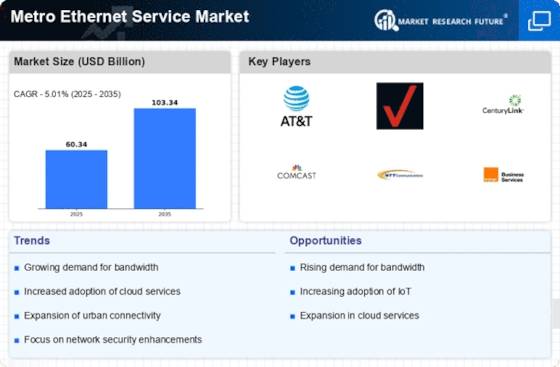
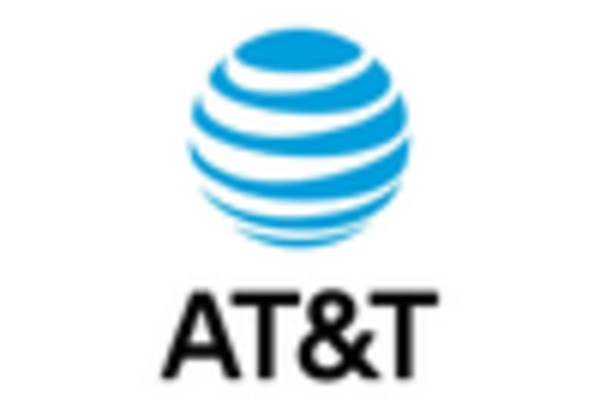
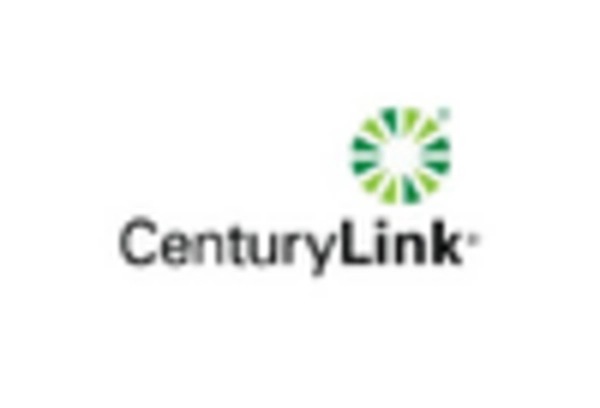

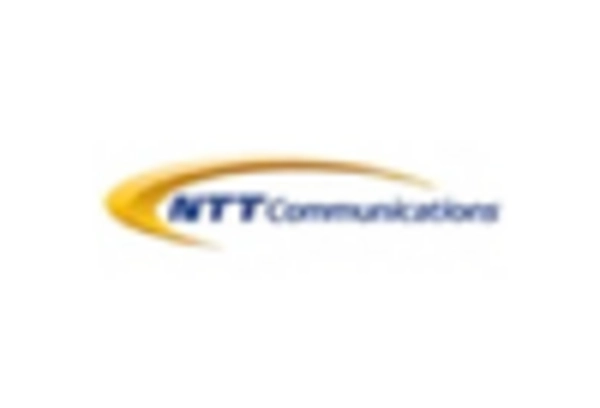
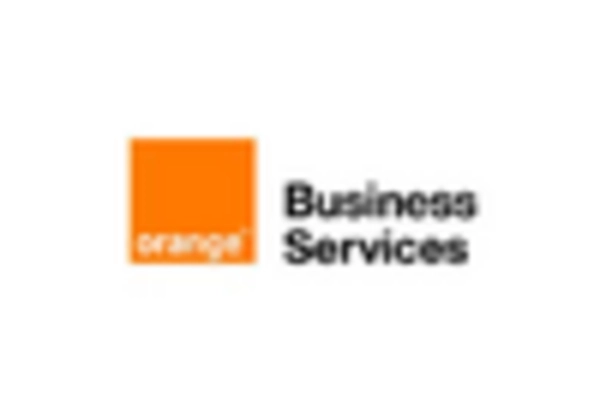









Leave a Comment